Using Neuroscience to Achieve Peak Performance
If you're struggling to reach your full potential and tap into the flow state, neurofeedback for peak performance may be the answer. Neurofeedback is a non-invasive therapy that uses EEG readouts of your brain waves to retrain your brain to function better. Improving focus, concentration, attention, and overall performance. Giving you the full power of your brain.
Olympic halfpipe skier Alex FERREIRA on peak performance
Alex went on to win every event he competed in during his 2023-2024 season. A feat that has never been achieved in the history of halfpipe skiing .
U.S. Ski and Snowboard Article
U.S. Ski and Snowboard Article
Research Link: Learn how an Olympic athlete used neuroscience
Research Link: How Athletes Use Neurofeedback
Many professional athletes utilize neurofeedback to enhance their sports performance, including members of the US Olympic Ski Team, Olympic beach-volleyball player Kerri Walsh-Jennings, and members of the Italian soccer team.
Why Us?
We offer state-of-the-art QEEG guided 19-channel LORETA z-score neurofeedback. QEEG guided means we use quantitative EEG to create brain maps that reveal areas of dysregulation. LORETA enables neurofeedback training in brain regions below the scalp surface. We treat a wide variety of disorders, including ADD, ADHD, ASD, Depression, PTSD, Anxiety, Learning Disorders, Memory problems, mTBI, and addictions.
